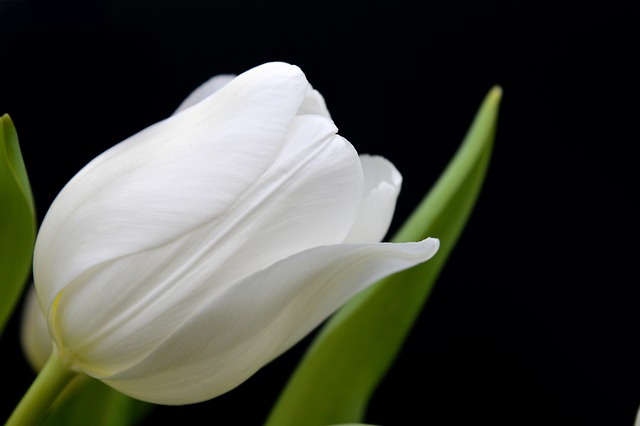Mastering Backgrounding: Elevating Your Photography Composition
When we think of photography, our minds often leap to the subject—the person, the object, or the scene that commands our attention. Yet, a powerful photograph is never just about the subject alone; it’s about the story told around it. This is where the art of backgrounding comes into play, transforming your images from ordinary snapshots into compelling works of art.
Imagine capturing a stunning portrait where the subject’s face is radiant, but the background is cluttered and distracting. The viewer’s eye gets pulled away, disrupting the emotional connection you intended. This is the subtle but profound impact of backgrounding—choosing and composing backgrounds that support and enhance the main focus.
The feeling of balance and harmony in a photograph often stems from how the background interacts with the subject. Backgrounding is not just about what is visible behind the subject, but about crafting an environment that tells a complementary story. Whether it’s a classroom full of bookshelves lending depth to a writer’s portrait or soft, blurred city lights that add mood to a street capture, the background shapes the narrative.
The Emotional Tone Behind The Background
When you master backgrounding, you begin to see scenes differently. You start noticing the colors, textures, and shapes that either unify or clash with your subject. Perhaps you find a wonderfully subtle gradient in the sky that frames your landscape or a shadowy alleyway that adds mystery to a lone figure. These backgrounds evoke emotions that resonate with both you and your audience, making them feel connected to the story beyond the frame.
Backgrounding also gives you control over the depth and focus within your image. By creatively using techniques such as bokeh or selective focus, you can soften backgrounds to keep attention on your subject while maintaining a pleasing aesthetic. This skill elevates your composition, guiding the viewer’s gaze naturally and purposefully.
Tips to Elevate Your Backgrounding Skills
- Scout your environment: Look beyond your subject to find backgrounds that add meaning or interest.
- Keep it simple: Sometimes a minimalistic background with gentle colors and textures can make your subject stand out more vividly.
- Use lighting creatively: Shadows and highlights in the background can enhance mood and depth.
- Experiment with angles: Changing your perspective can turn a mundane background into a dynamic one.
- Blend or isolate: Use depth of field to either integrate the background with the subject or separate them for focus.
Photography is more than capturing what’s in front of you—it’s about sculpting an experience. By embracing the art of backgrounding, you not only enrich your images but also deepen the stories they tell. Step back, observe the world through your lens, and let the background be your silent collaborator in creating breathtaking compositions.




